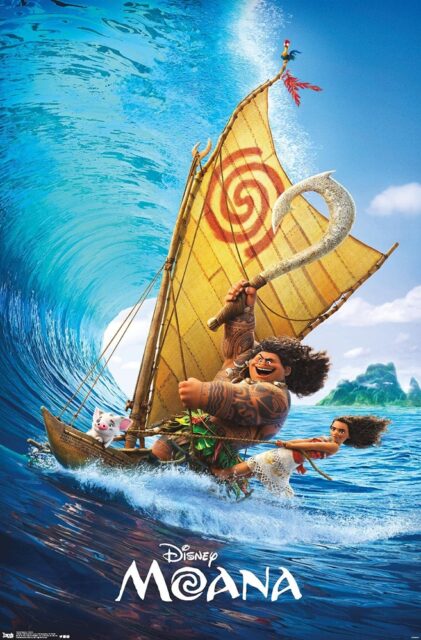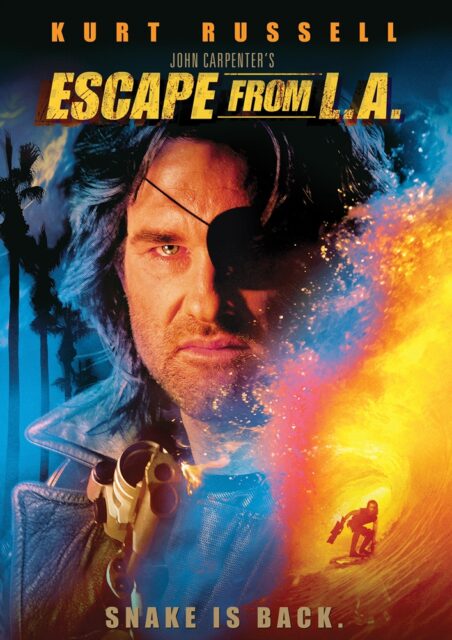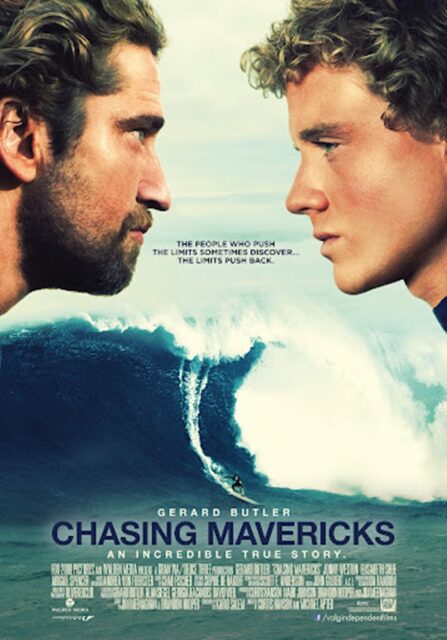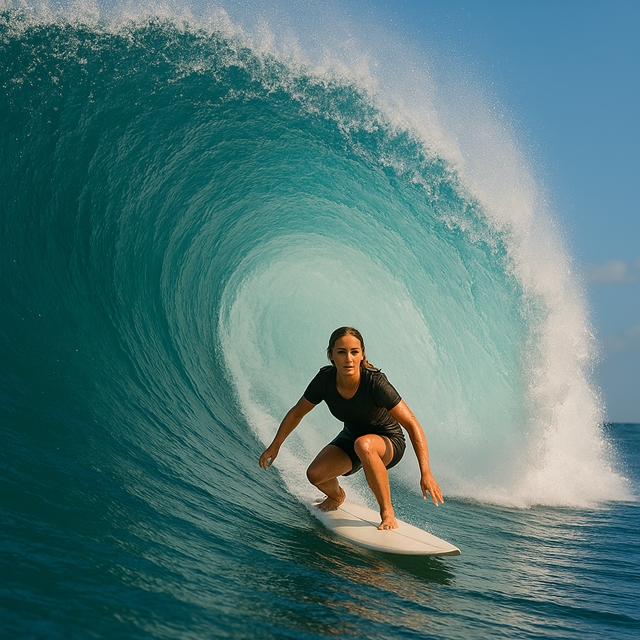Definition:
“Surfing” refers to the sport or activity of riding on the forward or deep face of a moving wave, usually on a surfboard. It is often done in the ocean but can also take place on artificial waves or rivers. The term may also be used metaphorically to mean casually browsing or scanning, especially on the internet (e.g., “web surfing”).
Etymology:
The word “surfing” comes from the base word “surf,” which likely originates from the obsolete word “suffe” meaning the shoreward surge of the sea, and is possibly of Indian origin via Portuguese. The verb form “to surf” emerged in English in the late 17th century to describe the action of riding the surf on waves. The noun “surfing” in its modern recreational context gained traction in the early 20th century, especially in relation to Hawaii, where the tradition was long established.
Description:
Surfing involves a person paddling out into the ocean, waiting for a wave, and then catching and riding it toward the shore using a surfboard. There are several forms, including longboarding, shortboarding, bodyboarding, and tow-in surfing (used for very large waves). Mastery of balance, timing, and knowledge of ocean currents are essential. The sport is not just considered to be physical but also spiritual and cultural, especially in Polynesian cultures like those of Hawaii and Tahiti.
Symbolism:
When a surfer rides under a large, curved wave, the scene naturally forms a shape similar to the Star and Crescent symbol. The wave arches above, creating the crescent, while the surfer beneath becomes the star—positioned close to the inner curve, just like in the symbol.
This movie poster for “Moana” (2016) is full of Star and Crescent symbolism. The little sailboat itself can represent the star—bright, central, and standing out against the massive wave behind it. That wave, curling around the boat, clearly forms the shape of a crescent. The whole composition feels like it’s built around this celestial pairing.
On the sail, there’s that red spiral symbol—it draws your attention immediately, almost like a glowing star or a hypnotic center point. Then there’s Maui’s weapon, the large fish hook. Its curved shape resembles a sickle or crescent moon, reinforcing that same crescent theme that’s already present in the wave. Even the sail as a whole has an arched shape that contributes to the crescent feeling—it curves and frames the characters like a partial moon.
And there’s another detail: the pig, Pua, sitting at the front of the boat. Around his right eye, there’s a darker patch of color, giving him that “one–eye” look. It’s subtle, but it lines up with that kind of symbolic imagery where one eye represents fantasy—just like the star does. Even the island in the background carries this symbolism in a playful way: the word “island” itself sounds like “eye-land,” adding another layer of one–eye imagery to the scene.

The “Escape from L.A.” (1996) movie poster features the main character, Snake Plissken, with an eye patch covering his left eye, leaving only his right eye visible. Beside him, the poster also prominently displays a large, glowing wave curling overhead. When viewed together, the visible eye takes the position of a star, while the curved wave echoes the shape of a crescent—forming a striking visual resemblance to the Star and Crescent symbol.

The movie poster for “Chasing Mavericks” (2012) visually resembles the Star and Crescent symbol through its composition. The two main characters are shown in profile, facing each other, eye to eye, with only one eye visible on each—invoking the common “one–eye” symbolism. Behind them, a towering wave curves upward in the background, echoing the shape of a crescent. Together, the single visible eyes and the crescent-like wave evoke the visual structure and symbolic meaning of the Star and Crescent. Additionally, the characters are placed on opposite sides—one on the left and one on the right—representing the classic left vs. right dichotomy often tied to arc symbolism, reinforcing themes of duality and opposition.

